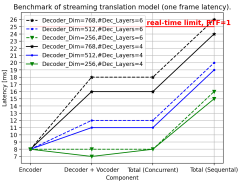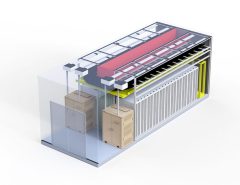Authors: Daniel Uvaydov, Milin Zhang, Clifton Paul Robinson, Salvatore D’Oro, Tommaso Melodia, Francesco Restuccia
Published on: February 05, 2024
Impact Score: 8.3
Arxiv code: Arxiv:2402.03465
Summary
- What is new: A novel approach based on semantic spectrum segmentation for classifying and localizing multiple signals at the I/Q level with significantly reduced latency.
- Why this is important: Spectrograms used in existing work create unacceptable latency and lack granularity in classifying signals due to reliance on image creation from I/Q samples.
- What the research proposes: A method that utilizes semantic spectrum segmentation combined with non-local blocks for spatial feature analysis and a novel data generation approach for creating wideband, diverse datasets.
- Results: Achieved a mean IOU of 96.70% across 5 wireless protocols with real-time performance at 2.6 ms latency, outperforming the U-Net algorithm by 7% in accuracy.
Technical Details
Technological frameworks used: Semantic Spectrum Segmentation with non-local blocks
Models used: U-Net algorithm comparison
Data used: 17 GB dataset of real-world wireless signals
Potential Impact
Wireless communication service providers, spectrum management authorities, and companies developing wireless technologies.
Want to implement this idea in a business?
We have generated a startup concept here: SpectraNet.




Leave a Reply